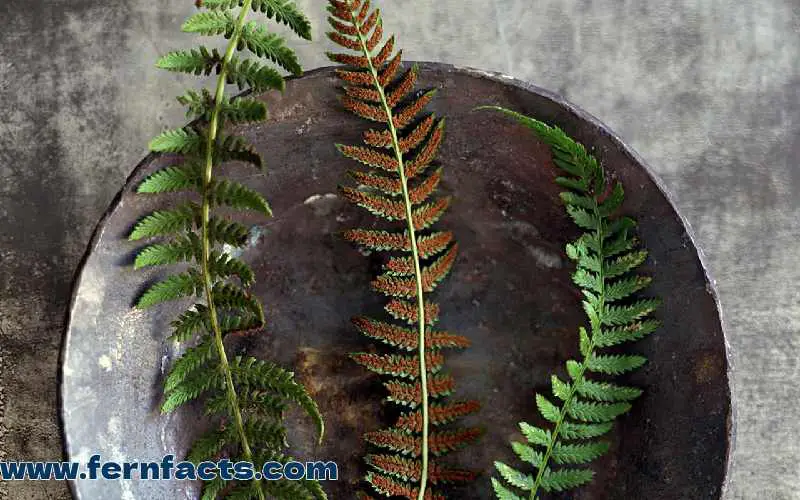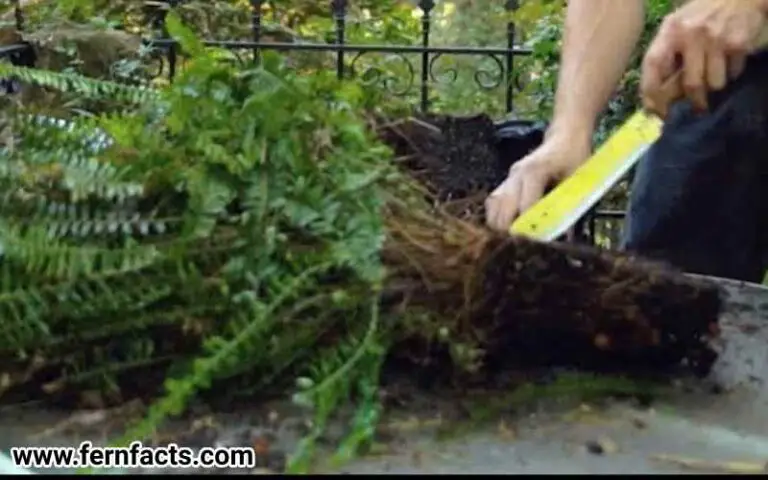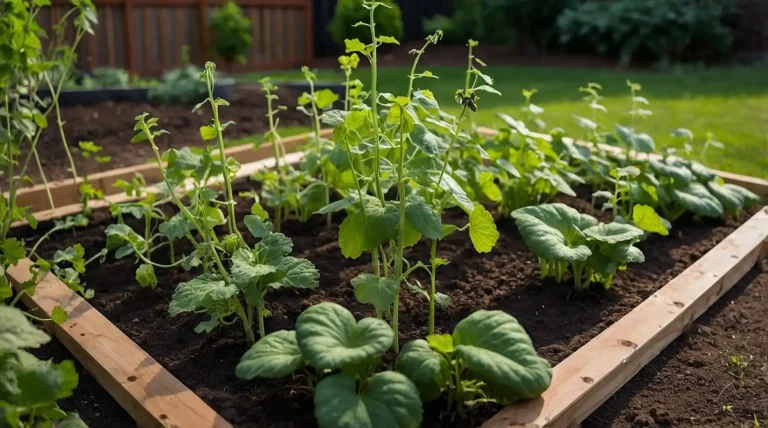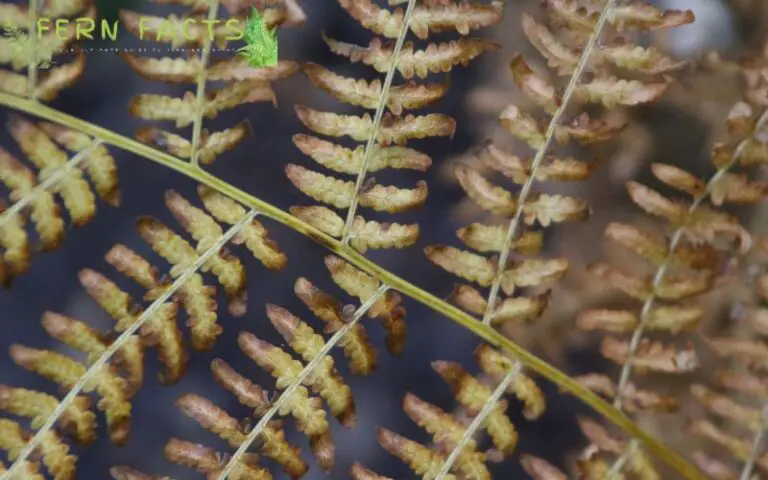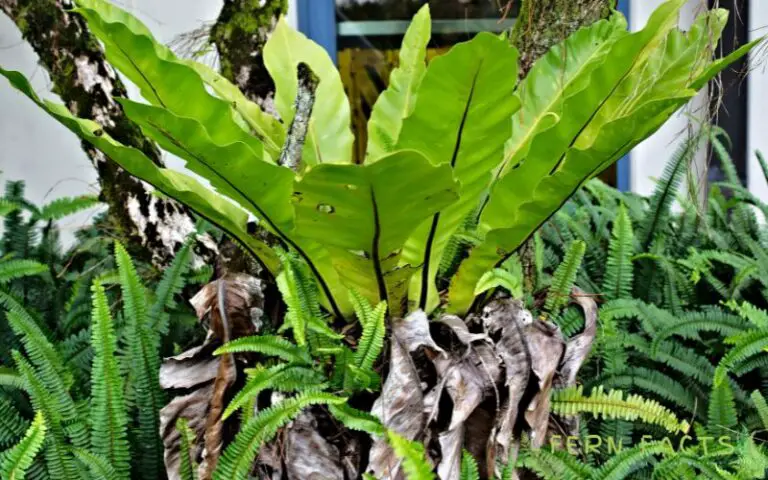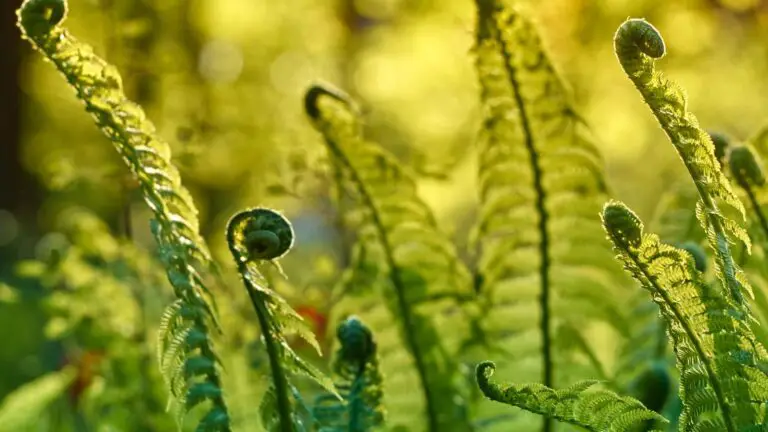When to Cut Back Brown Fronds on Ferns
Ferns are known for their elegant beauty with minimal maintenance ferns among other plants.
However, despite our best efforts, sometimes we cannot get rid of them and have brown fronds which cause several health issues.
Therefore, in this article, we will discuss the reasons or factors behind ferns’ brown fronds. In the meantime, we will talk about when and how to cut off those brown fronds so that you can get healthy growing houseplants in your house.
So let’s delve into the topic more deeply.
Why Do Ferns Turn Brown?
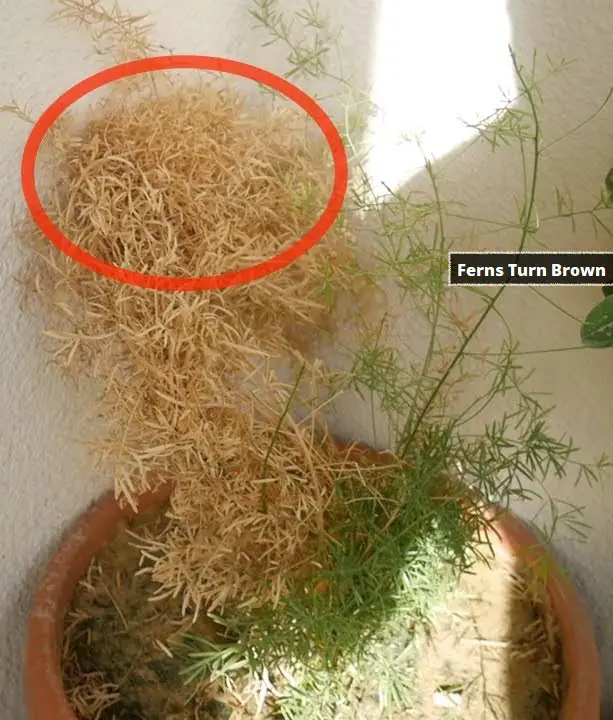
There are several reasons why ferns get brown. Let’s look for some specific reasons that make your ferns brown.
Dry Soil
Most of the ferns are sensitive to dry soil or drought since the majority of the plants prefer moist, humid atmospheres to thrive and bloom.
If you leave the soil completely dry then there is a possibility that your ferns will turn brown. Ultimately your fern’s fronds will turn papery crispy brownish and will fall off.
The ultimate goal should be to keep the soil well-moist and hydrated so that your ferns can thrive.
Scorch of Sun
If you live in extremely hot environments, then there might be a possibility for your ferns to get brown.
Because most of the ferns need partial to fully shaded places to flourish. They will require dappled filtered shade to grow.
Therefore, excessive sun rays or sun exposure can damage their leaves which will lead them to have burning fronds as well.
Physical Damage
If your ferns somehow hurt physically it will harm their fronds. It’s not only wind and other proponents that can sun damage to ferns, sometimes unintentional physical damage can cause severe problems to the ferns.
For a chance, your pet animal or some wild animal can attack the plants which can harm the plant’s health physically.
This can lead your plants to have brown fronds due to damage. Moreover, if you unintentionally drop the pot or container of the plants, it can also affect the ferns physically.
Deciduous Plants
Deciduous plants also turn brown during their seasonal period. Deciduous ferns turn brown in their natural way and die in between the fall and winter seasons.
However, there are lots of semi-evergreen or semi-deciduous fern varieties which also get little termination during their growth period.
That’s why, don’t be afraid if your ferns are deciduous rather just enjoy the annual display of your ferns and their characteristics.
Sometimes, their dead brown fronds can be beneficial for the plants as they add mulch and richness in the soil which aids the ferns to grow vigorously.
For example, ferns like Boston ferns and autumn ferns are semi-evergreen ferns where dead and brown leaves assist them to grow actively by adding mulching and nutrients to the soil.
Overwatering
Although ferns crave a humid moist atmosphere, overwatering can kill your plants. For instance, most of the ferns cannot tolerate standing water or overall soaked soil.
Ultimately, it will harm their roots and lead them to have rotten roots. These rotten roots can give them several bacterial infections.
In such situations, your plants will turn brown during the initial stage. After that their situation will get worse and your plants also can die due to overwatering.
Excessive Fertilizer
A correct amount of fertilizer would be a blessing for your plants conversely, over-fertilizing could kill your plants. If you read the label’s instructions wrong or misapplied the fertilizer, it can cause your plants to have severe problems.
If your fern fronds become yellow, or the tips of the fronds become brown, then you might be given stronger fertilizer onto their soil. Thus, they can’t handle extravagant porting of fertilizer therefore their fronds are burning out.
Additionally, excessive fertilizer can give your ferns a salt burn. Due to over fertilizer salt content can be too much in the soil.
Therefore, there would be a build-up layer of salt which would create a white paste on the soil. These build layers of salt increase the soil’s toxicity.
Ultimately, this salt burning can lead your ferns to have brown fronds which will eventually lead your ferns to death.
Pests and Diseases
Several common pests like spider mites, scales, bugs, and aphids can harm the fern plants. These pests can also give them fungal infections as well.
All these problems can lead your ferns to have brown fronds. In such cases, you can spray insecticidal soap water or any insecticides on your plant’s fronds to get rid of the problems.
Natural Old Cycle of Ferns
Sometimes, due to the natural cycle of ferns, they might get old and their fronds are dying. The old fronds start to die when the new fronds start to grow.
Thus, it’s a normal natural process of a plant’s life cycle.
When to Cut Back Brown Fronds?
Well, cutting your ferns you need to keep reminding yourself whether your plants are evergreen or deciduous. If your ferns are deciduous, then you can cut their brown fronds in the late autumn or winter when they will start to yellow and brown.
Conversely, if your plants are evergreen then it would be best to wait until later winter or early spring season to come.
Because usually spring seasons are their growing season therefore any kind of cutting and pruning should be done beforehand. It will help the plants to have active growth during their growing phase.
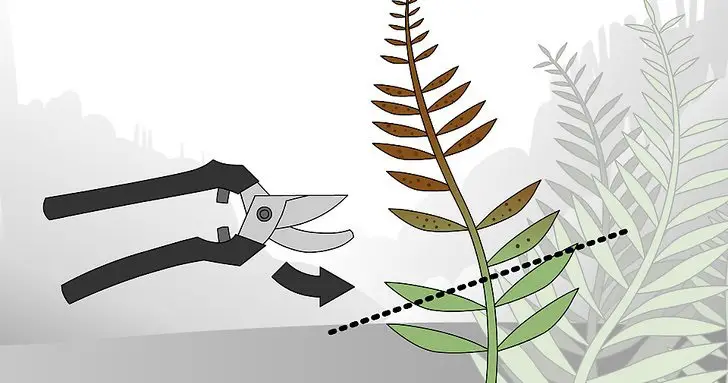
How to Cut Back Dead Fronds?
After you have identified the problem, now you have to cure those problems otherwise it will gradually kill your plants. The only cure is to cut off those dead brown fronds so that you can save your ferns.
You have to use sharp scissors or pruning tools to cut off those fronds. Try to cut the only damaged fronds without hurting the main rhizome, roots, and any newly grown fronds.
Remember you should not pull or strip any fronds because it might harm the plants. This method of pruning will stimulate the new growth of your ferns.
Go for Schedule Maintenance
You need to make this part of the routine of your fern maintenance so that you can always clean your ferns.
Try to follow the schedule procedure once in two months until your plants are root-bound or required for repotting.
Alternatively, you can also follow the annual routine maintenance for your ferns to get rid of previous old dead fronds before their growing season. It will bounce back the ferns’ growth more prominently.
Final Thought
In a final observation, ferns need minimal caring and maintenance to thrive and flourish in nature. One of the easiest maintenance is cutting back their brown fronds on a routine basis.
Although there are countable reasons for ferns to have brown fronds like dry soil, overwatering, excessive fertilizing and sunlight, natural old growth, physical damage, and so on.
However, by routine-based pruning and cutting during their growing seasons, you can somehow give them a healthy lifestyle. Simultaneously it will help your elegant ferns to have prominent growth in nature.

